Trading Systems and Methods
$28.63
| Author(s) | |
|---|---|
| Pages |
1228 |
| Format |
|
| Publication Year |
2013 |
For nearly thirty years, professional and individual traders have turned to Trading Systems and Methods for detailed information on indicators, programs, algorithms, and systems, and now this fully revised updates coverage for today’s markets. The definitive reference on trading systems, the book explains the tools and techniques of successful trading to help traders develop a program that meets their own unique needs.
Introductions:
Let’s start by redefining the term technical analysis. Technical analysis is the systematic evaluation of price, volume, breadth, and open interest, for the purpose of price forecasting. A systematic approach may simply use a bar chart and a ruler, or it may use all the calculation power available. Technical analysis may include any quantitative analysis as well as all forms of pattern recognition. Its objective is to decide, in advance, where prices will go over some time period, whether 1 hour, 1 day, or 5 years. Technical analysis must have clear and complete rules.
Technical analysis is no longer just the study of chart patterns or the identification of trends. It encompasses intramarket analysis, complex indicators, mean reversion, and the evaluation of test results. It can use a simple moving average or a neural network to forecast price moves. Trading Systems and Methods serves as a reference guide for all of these techniques, puts them in some order, and explains the functional similarities and differences for the purpose of trading. It includes some aspects of portfolio construction and multilevel risk control, which are integral parts of successful trading.
Quantitative methods for evaluating price movement and making trading decisions have become a dominant part of market analysis. Those who do not use methods such as overbought and oversold indicators are most likely to watch them along the bottom of their screen. The major financial networks are always pointing out price trends and double bottoms, and are quick to say that a price move up or down was done on low volume to show that it might be unreliable. The 200-day moving average seems to be the benchmark for trend direction.
These comments show the simplicity and the acceptance of technical analysis. Events beginning in 2002 cast doubt on the integrity of the research produced by major financial houses that have a conflict between financing/underwriting and retail brokerage. The collapse of Enron has caused us to question the earnings, debt, quality of business, and other company data released to the public by large and small firms. Itis not surprising that more quantitative trading methods have been adopted by research firms.
When decisions are made with clear rules and calculations that can be audited, those analysts recommending buys and sells are safe from scrutiny. Extensive quantitative trading exists around the world. Interest rate arbitrage is a major source of revenue for banks. Location arbitrage is the process that keeps the price of gold and other precious metals the same all over the globe. Program trading keeps the price of the overall stock market from diverging from S&P futures and SPY (the SPDR ETF) prices.
Recently these fully automated systems have been called algorithmic trading. If you don’t think of arbitrage as technical trading, then consider market neutral strategies, where long and short positions are taken in related markets (pairs trading) in order to profit from one stock rising or falling faster than the other. If you change your time horizon from hours and days to milliseconds, you have high frequency trading. You might prefer to take advantage of the seasonality in the airline industry or try your hand trading soybeans. Both have clear seasonal patterns as well as years when other factors (such as a disruption in energy supply) overwhelm the seasonal factors.
Trading seasonal patterns falls under technical analysis. Technology that allows you to scan and sort thousands of stocks, looking for key attributes—such as high momentum, a recent breakout, or other indicator values—is also technical analysis on a broader scale. High frequency trading, arbitrage that lasts only milliseconds, has become a profi0t center for large financial institutions, but involves placing computer equipment as close to the source of the exchange price transmission as possible—a contentious issue.
High frequency trading is credited for adding liquidity by increasing volume in equities trading, but has also been blamed (perhaps unfairly) for spectacular, highly volatility price moves. Most impressive is the increase in managed funds that use technical and quantitative analysis. Many billions of investment dollars are traded using trend-following systems, short-term timing, mean reversion, and countless other techniques. It is thought that well over half of all managed money uses algorithmic trading. Technical analysis allows you to backtest and estimate the expected risk, two great advantages to the fund manager. The use of technical analysis has infi ltrated even the most guarded fundamental fortresses.
Contents:
- Introduction
- Basic Concepts and Calculations
- Charting
- Charting Systems and Techniques
- Event-Driven Trends
- Regression Analysis
- Time-Based Trend Calculations
- Trend Systems
- Momentum and Oscillators
- Seasonality and Calendar Patterns
- Cycle Analysis
- Volume, Open Interest, and Breadth
- Spreads and Arbitrage
- Behavioral Techniques
- Pattern Recognition
- Day Trading
- Adaptive Techniques
- Price Distribution Systems
- Multiple Time Frames
- Advanced Techniques
- System Testing
- Practical Considerations
- Risk Control
- Diversifi cation and Portfolio Allocation
Trading Systems and Methods By Perry J. Kaufman pdf
14 reviews for Trading Systems and Methods
Clear filtersOnly logged in customers who have purchased this product may leave a review.

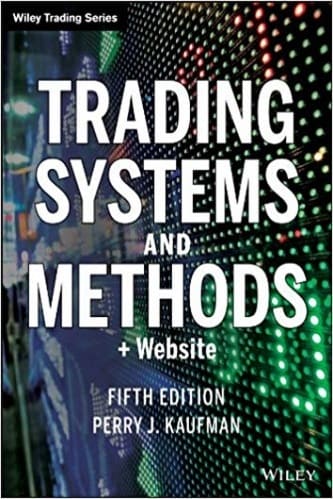
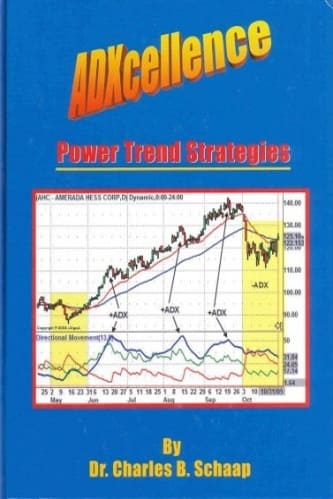
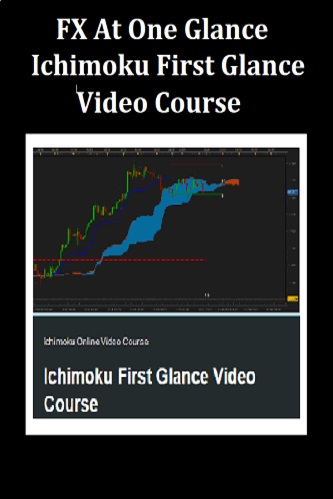
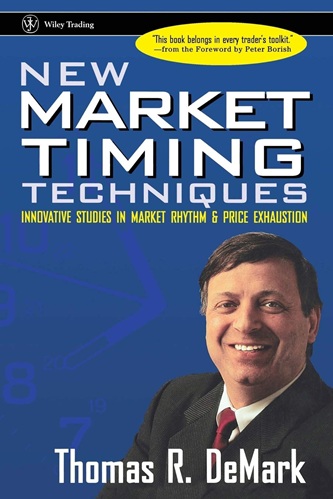

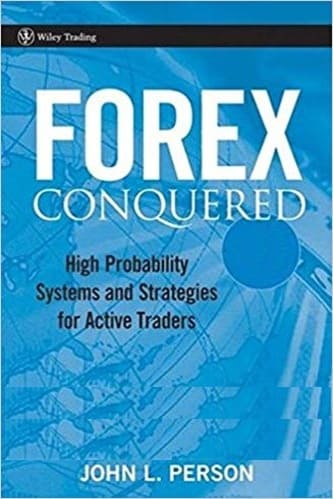
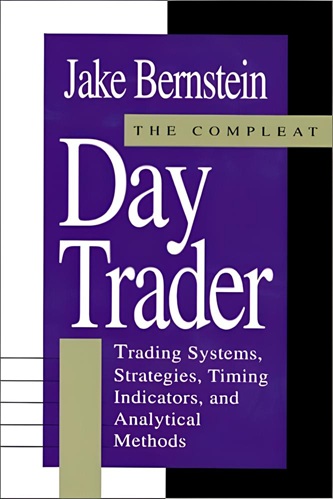

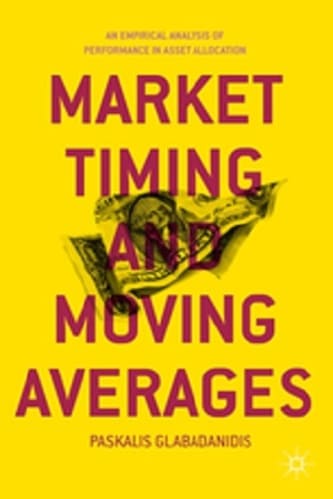
Dalton Poole (verified owner) –
Everybody knows a guy in his life who likes to talk a lot. They grab the attention at parties and are considered popular. But when you truly start listening you notices two things:
1) Actually they are not saying anything meaningful and you are not sure what’s the point of the story.
2) They say the same things over and over again but with different words.
These two things go hand in hand.
The book started good though but it is also badly structured in my opinion. Thats why things get repeated often but with different words.
Madison Bowman (verified owner) –
Very detailed and simple to understand. Very useful.
Juliana Ball (verified owner) –
There’s a lot of aha moments in this book, also plenty of head scratchers! Pages are a little flimsy for the cost but overall totally worth it
Kane Shaffer (verified owner) –
Good book but pricey
Paloma Owens (verified owner) –
Perry for sure saved my trading and with this book, I have the utmost gratitude for his work and endeavors in compiling all the information that is needed for a trader to be successful in todays business. It was because of Perry that I was able to get rid terrible systems learned from phony traders and was truly educated on everything that is going on. Its a lot of work to read since the book is quite large but that’s the amount of knowledge that is needed to accomplish your goals in this business. I would recommend to any one seriously looking to enhance their trading skills.
Layne Bernard (verified owner) –
This is an amazing resource. I am a great admirer of Kaufman for his many contributions to the field.
Shane Thompson (verified owner) –
One of the best trading books I’ve ever read. Over 1000 pages of good info. Not filler. It takes a while to get through the whole thing. Well worth the price.
Santino Blanchard (verified owner) –
This is the “bible” for traders and has been since the first edition. It has gotten better and better. It deals with just about every possible topic of trading, including even, Astrology. If you master this book, you will be prepared to be a master trader.
Bodie Ferguson (verified owner) –
This book changed my perspective of writing trading systems by providing completely out of the box examples of alpha and showing simple statistic techniques to prove or deny a hypothesis. At the very least, it is a great collection of interesting strategies that deviate from the normal MACD regular garbage.
Elliot Neal (verified owner) –
One of the better books I have read that introduces you to various systems to trade. You will have to develop your own plan, tactics and risk management from the fundamentals it presents. There is way more info in here than you will want to absorb. It’s a great review of things you may know and a good introduction to other systems you may want to learn.
Scarlett Tate (verified owner) –
A thorough venture into a wide battlefield comparing how various tools are deployed. It is an atlas but not a tour guide leaving the visitor to explore further themselves. It is a very updated reference book.
Aitana Newton (verified owner) –
I have been independently trading stocks and options since 2008. I day trade and swing trade short term. I previously had the 5th edition of this book, it was in tatters and I wanted the updated version. I use Neuroshell to develop my strategies. Almost every chapter of this book has trading strategies–more than you will ever be able to implement. If you read thru this book, you will have plenty ideas of how to trade. This book will provide you with the information to creatively develop our own strategies, and avoid paying someone else huge money to be in their daily trading room. But you must put the effort forth to actually read the book. I really can’t believe the content of this book and how Kaufman has taken to time to write it.
Adriel Lee (verified owner) –
Great book, whatever approach you have to trading systems (patterns, indicators, long term, intraday) this book will give you ideas to test and build.
Derrick Horton (verified owner) –
It truly exceeded my expectations as a comprehensive guide to successful trading. From novice traders seeking a solid foundation to experienced professionals aiming to refine their strategies, this book offers valuable insights and practical techniques that can benefit traders of all levels.
One of the standout features of this book is its meticulous approach to explaining trading systems and methods. Kaufman breaks down complex concepts into easily digestible chapters, ensuring that readers can grasp the material without feeling overwhelmed. The book covers a wide range of topics, including risk management, technical analysis, and algorithmic trading. The author’s clarity of explanation and real-world examples make it easy to understand the underlying principles and apply them effectively in one’s trading endeavors.
What truly sets “Trading Systems and Methods” apart is its emphasis on the importance of adaptability. Kaufman acknowledges the ever-changing nature of financial markets and provides readers with versatile strategies that can be adjusted to suit different market conditions. The book also delves into the psychology of trading, highlighting the significance of discipline and emotional control. By addressing both the technical and psychological aspects of trading, this book offers a well-rounded approach that empowers traders to make informed decisions and navigate the market with confidence.
In conclusion, “Trading Systems and Methods” is a must-have resource for anyone interested in the art and science of trading. With its comprehensive coverage, insightful analysis, and practical advice, this book provides a solid foundation for developing effective trading systems and methods. Whether you are a beginner or an experienced trader, Perry J. Kaufman’s expertise and clear communication style make this book an invaluable asset in your trading journey. I highly recommend it to anyone seeking to enhance their trading skills and achieve consistent success in the financial markets.